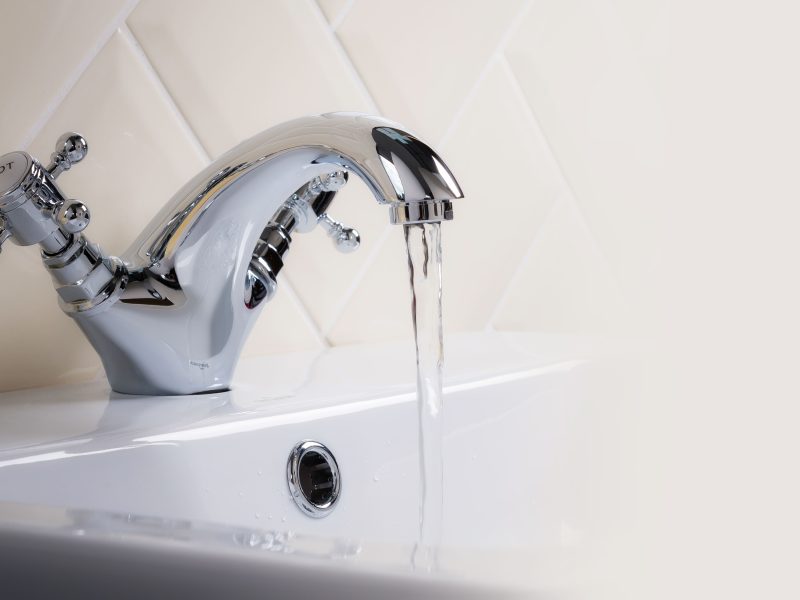
Sinks play a crucial role in our daily routines, and a slow drain can quickly become an irritating problem. However, with a few simple tools and a bit of know-how, even beginners can tackle this issue. This guide will walk you through the steps to unclog and fix a slow sink drain, restoring the smooth flow you need in your kitchen or bathroom.
Materials and Tools You’ll Need:
- Plunger: A standard sink plunger.
- Bucket: To catch any water and debris.
- Pipe Wrench or Pliers: Depending on your sink’s configuration, you may need a pipe wrench or pliers to remove the trap.
- Pipe Cleaner or Wire Coat Hanger: To clear clogs.
- Baking Soda and Vinegar: A natural cleaning solution.
- Boiling Water: To flush out debris.
- Rubber Gloves: For hand protection.
Steps to Fix a Slow Sink Drain:
Step 1: Clear the Area:
- Before you start, make sure the area around the sink is clear of any items or obstructions. This provides you with adequate workspace.
Step 2: Use a Plunger:
- Fill the sink with enough water to cover the plunger’s cup. This water helps create a seal for effective plunging.
- Place the plunger over the drain and press down firmly. Then, pull up sharply to create suction. Repeat this motion several times. The pressure changes can help dislodge minor clogs.
Step 3: Remove the Drain Stopper:
- If the plunger doesn’t work, you may need to access the drain directly. Locate the drain stopper in the sink basin.
- Look underneath the sink for a pivot rod that connects to the stopper. There should be a nut or clip securing it. Loosen and detach the rod from the stopper to remove it.
Step 4: Inspect the P-Trap:
- The P-trap is the curved pipe under the sink. Place a bucket or bowl beneath it to catch any water that might spill out.
- Use a pipe wrench or pliers to carefully loosen and remove the P-trap. Be prepared for some residual water and debris to drain into the bucket.
Step 5: Clear the P-Trap:
- Examine the P-trap for clogs. This is a common location for blockages as debris can accumulate in the curved portion of the pipe.
- Use a pipe cleaner or a straightened wire coat hanger to remove any debris or obstructions. You might find hair, soap scum, or foreign objects.
Step 6: Clean the P-Trap:
- After removing the clog, clean the P-trap thoroughly. You can do this by pouring a mixture of baking soda and vinegar into the trap.
- Let the mixture sit for a few minutes to dissolve any remaining residue. Then, rinse it out with boiling water. This helps break down grease and soap buildup.
Step 7: Check the Drain Pipe:
- Insert a pipe cleaner or a long wire into the drainpipe to check for and clear any clogs further down the line. This is especially important if you suspect a deeper blockage.
Step 8: Reassemble the Drain:
- Reattach the P-trap to the drainpipe. Ensure that all connections are secure but don’t overtighten, as this can damage the pipes. Use a pipe wrench or pliers as needed.
Step 9: Test the Sink:
- Turn on the water and let it run to see if the drain flows freely. Check for any leaks around the P-trap connections, and if necessary, tighten them.
Step 10: Clean the Sink:
- Finally, clean the sink basin with an appropriate cleaner to remove any remaining residue or lingering odors.
By carefully following these steps and using the suggested tools and materials, you can effectively address a slow sink drain issue, allowing water to flow freely and preventing further plumbing problems. If you need help, you can contact us.

Comments